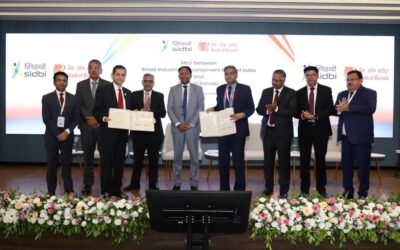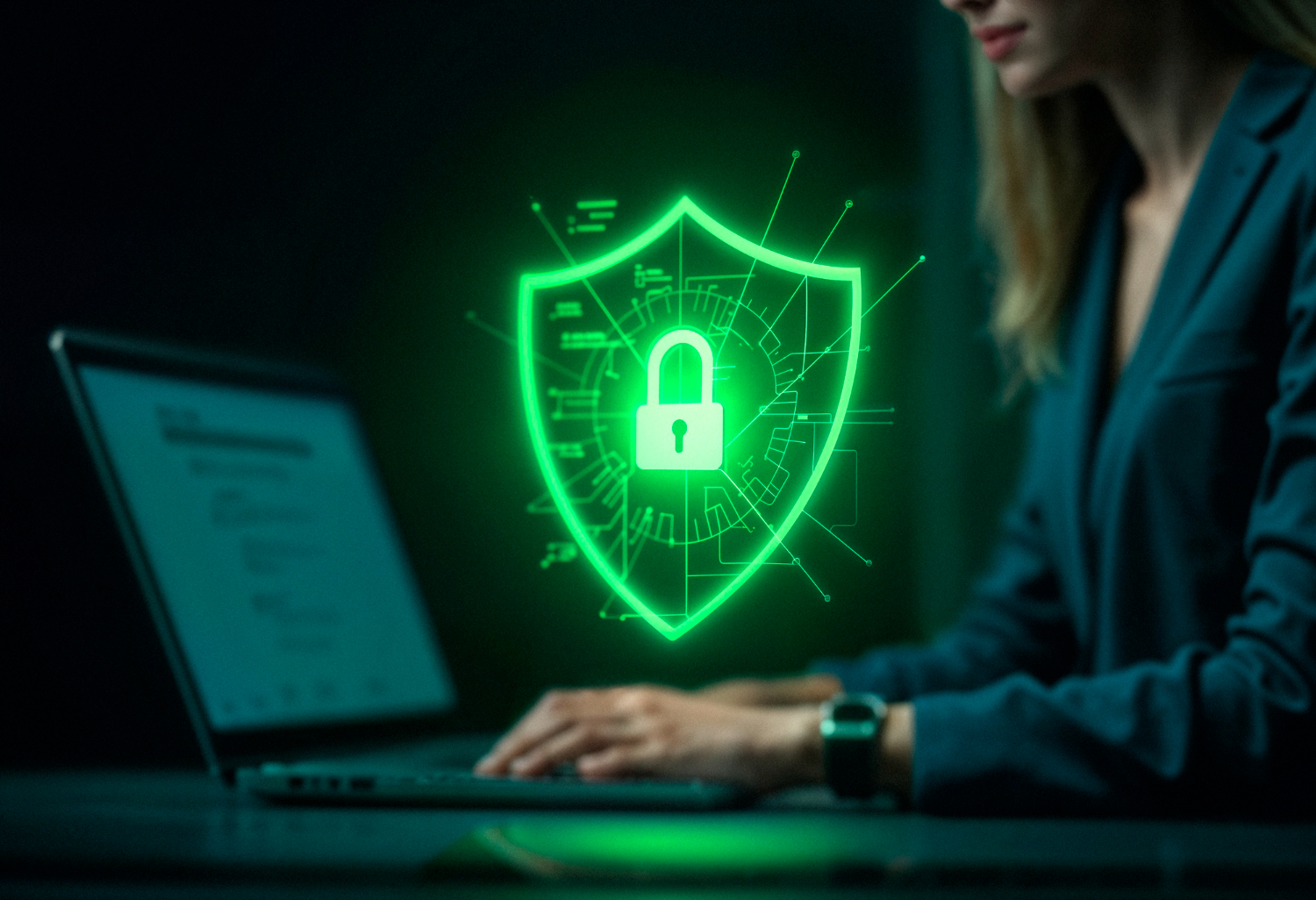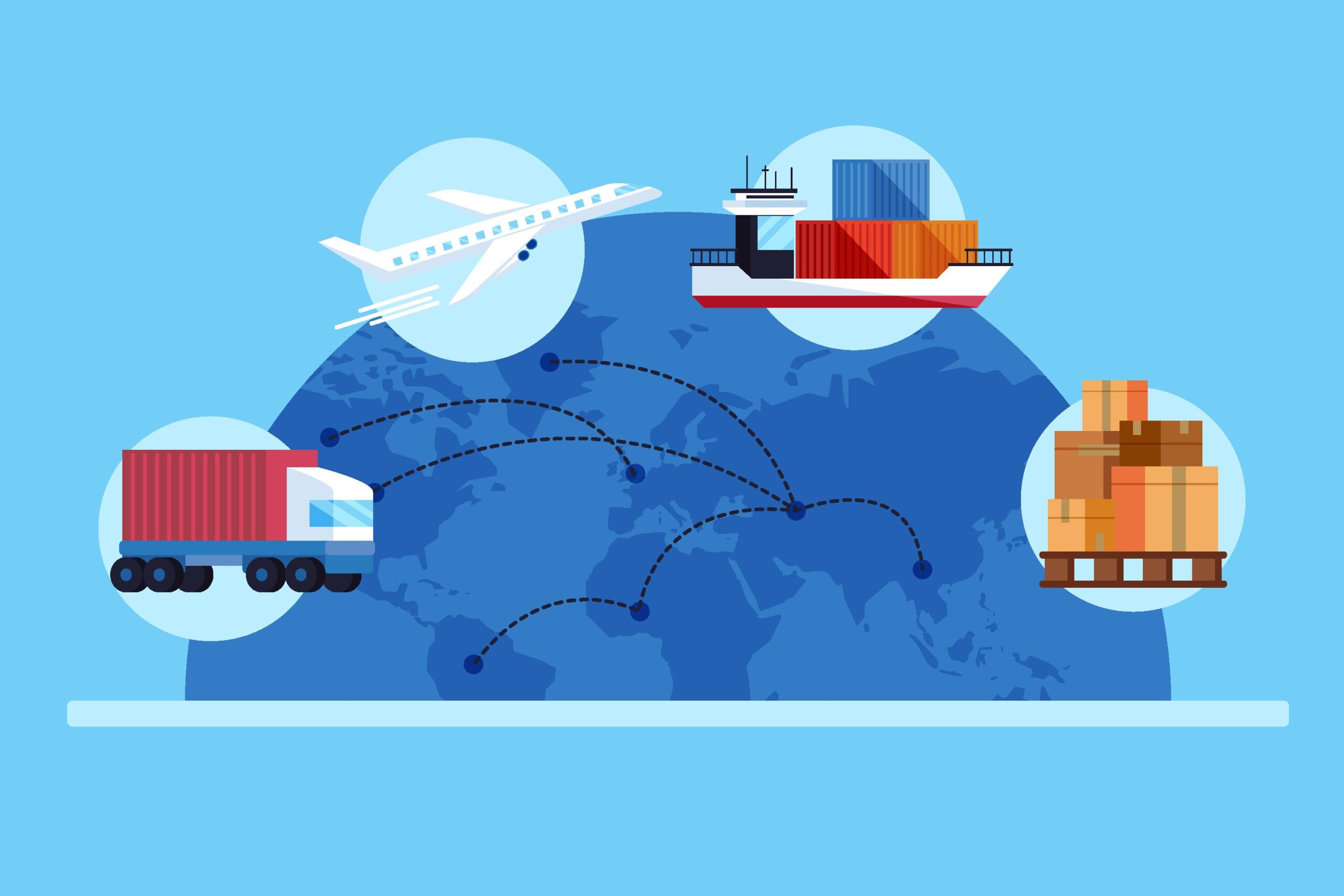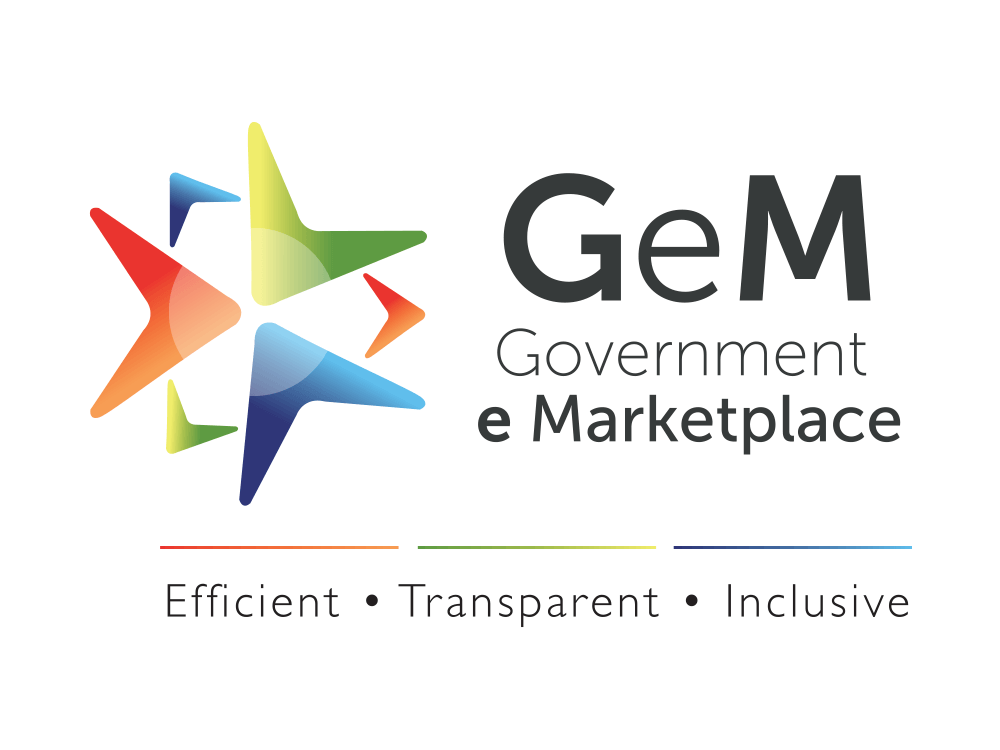Turning Trash into Strategic Strength: How India’s SMEs Can Help Recycle Rare Earths from E-Waste
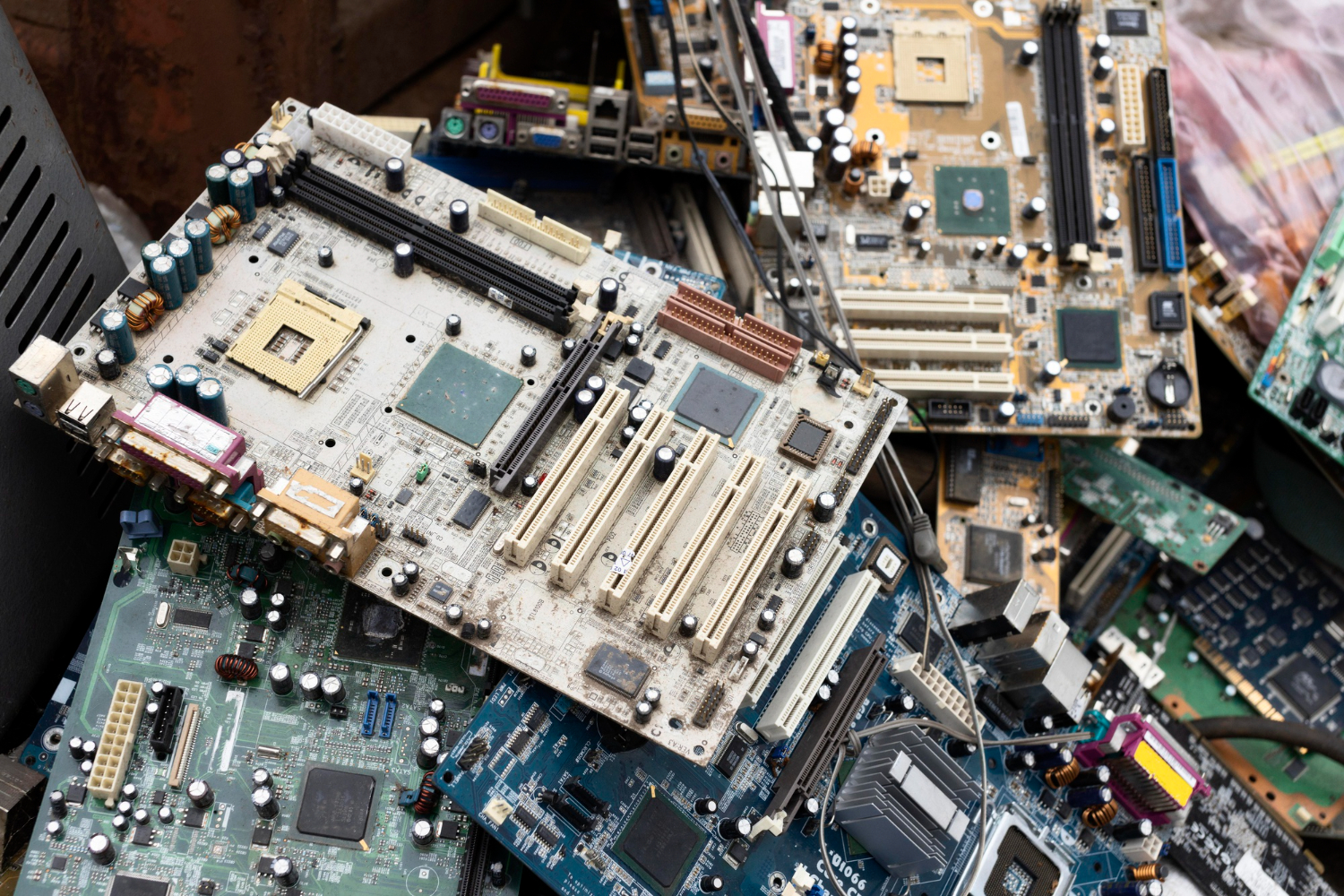
India’s dependence on imported rare earth elements (REEs) the invisible metals that power electric motors, wind turbines, hard drives and defence electronics is a strategic vulnerability. Yet the very waste of our digital economy contains a concentrated and growing stock of those same elements.
If India treats e-waste as a resource, not refuse, a coordinated push led by clusters of small and medium enterprises (SMEs) can move the country from negligible secondary supply toward a meaningful share of domestic REE needs. But doing so will demand focus: targeted feedstock, formalized collection, mid-stream pre-processing and policy incentives that alter the economics of recycling.
The Global Picture: A Resource Lost in Plain Sight
The world produced a record 62 million tonnes of e-waste in 2022, according to the Global E-Waste Monitor. Only about 22% of it was formally collected and recycled. Critically, less than 1% of global rare earth demand is currently met by e-waste recycling not because the material isn’t present, but because collection remains weak and the chemistry and refining steps are concentrated in a few geographies, mainly China.
That mismatch defines both the problem and the opportunity: if India can improve collection and upgrade downstream capabilities, it can capture high-value REE streams before they leak into informal recycling or landfills.
India’s E-Waste Landscape
India is now the third-largest e-waste generator, producing an estimated 3-4 million tonnes annually. As device turnover accelerates, this waste mountain contains valuable sub streams NdFeB magnets from hard disk drives, appliances and EV motors; phosphors from LEDs and lamps; and certain printed circuit board fractions each rich in elements like neodymium, praseodymium, dysprosium and europium.
Yet the bulk of this material never enters formal recycling. Much of it is dismantled informally or exported as scrap, leaving a massive untapped secondary resource. For a country that imports the majority of its rare earth compounds and magnets, the question is not whether India can recover REEs from e-waste but how quickly it can mobilize the ecosystem to do so.
Can E-Waste Supply 30–40% of India’s Rare Earth Needs?
The target is bold but not unrealistic. Technical studies and industrial pilots show that magnet-rich waste is especially promising. Though small in weight, NdFeB magnets contain 20–30% rare earths by mass, making them far more metal-dense than bulk e-waste. Recovery technologies from hydrometallurgical leaching to magnet-to-magnet recycling can achieve recovery rates above 90% when the feedstock is well segregated.
Assuming India captures even half of its magnet-bearing e-waste and achieves industrial-scale refining yields, secondary supply could replace 30-40% of domestic demand for key REEs like neodymium and praseodymium used in EV motors, turbines and electronics.
The chemistry is proven; what remains is the logistics, policy push and SME-led business model that make recovery financially viable.
Why SMEs Are the Missing Link in India’s REE Chain
India’s 63 million SMEs are the natural backbone of this opportunity. Their proximity to local markets, logistical agility and cost efficiency make them ideal operators for the collection, segregation and pre-processing layers of the e-waste value chain.
Here’s how they can fit in strategically:
- Collection & Aggregation: SMEs can establish certified collection hubs, reverse-logistics tie-ups with electronics retailers and buy-back schemes for magnet-bearing devices such as motors, hard drives and speakers.
- Pre-Processing Hubs: Small mechanical units can dismantle, demagnetize and separate NdFeB magnets and phosphor powders before sending them to larger recyclers or refiners.
- Formalizing Informal Workers: SMEs can integrate informal dismantlers into cooperatives, provide PPE, training and safety compliance, improving both yield and livelihoods.
- Digital Traceability: Tech-savvy SMEs can build EPR-compliant traceability platforms that certify recycled content, allowing manufacturers to earn carbon and circularity credits.
- Pilot Extraction Units: Through joint ventures with IITs, CSIR labs or clean-tech startups, SMEs can pilot small hydrometallurgical recovery units for niche REEs.
By handling the high-volume, low-margin front end, SMEs can feed cleaner, concentrated material to larger refineries improving recovery economics and environmental compliance.
The Policy Equation
India already has an E-Waste (Management) Rules 2022 framework and an Extended Producer Responsibility (EPR) mechanism. What’s missing is targeted incentive differentiation for REE-rich streams. A uniform EPR credit does not reflect the higher extraction value and processing cost of rare earth magnets or phosphors.





